Labs & Activities

Diffusion
High School
Inquiry/Scientific Method
Molecular Biology
Physical Sciences
Physiology
This lab uses two different sizes of dialysis tubing to represent cellular and organelle membranes. Students design experiments in which they place solutions of iodine, starch, and glucose on different sides of a membrane. The movement of these materials is monitored with the use of indicator solutions. Students are given… read more of the article entitled “Diffusion”
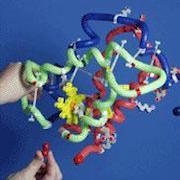
DNA Molecule Activity
Genetics
High School
Molecular Biology
This lab activity corresponds to CIBT’s DNA Molecule Model. Downloads DNA Molecule HS Student Edition (CIBT) DNA Molecule MS Student Edition (CIBT) DNA Molecule Post-Lab Questions (CIBT) Watson & Crick Reading (CIBT) Watson&Crick Reading Qs Student Edition (CIBT) Watson&Crick Reading Qs Teacher Edition (CIBT) DNA Blankenship Notes (CIBT)
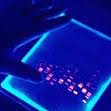
DNA Profiling
Forensics
Genetics
High School
Inquiry/Scientific Method
Molecular Biology
This lab was designed to complement CIBT’s DNA Gel Electrophoresis kit. Students will cut DNA with restriction enzymes. The DNA fragments will be separated electrophoretically on an agarose gel. The results will simulate a DNA profile. Students can learn how this type of evidence is prepared and interpreted. Downloads DNA Profiling Teacher… read more of the article entitled “DNA Profiling”
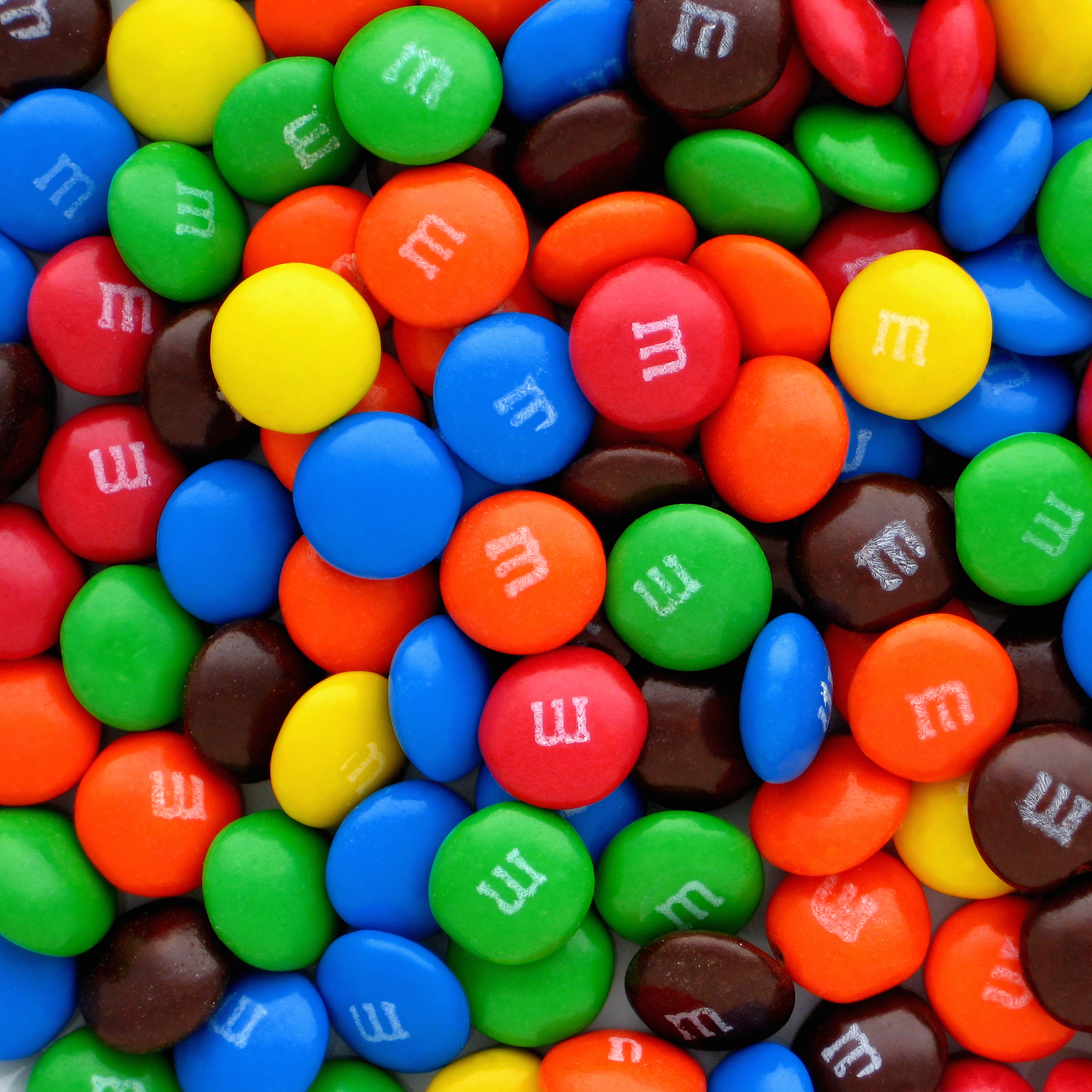
Easy Stats Lab
High School
Human Health
Inquiry/Scientific Method
Downloads Easy Stats Intro Activity (CIBT) Easy Stats Lab (CIBT) Easy Stats Data Table (CIBT) Easy Stats Post-Lab Questions (CIBT)

Edible Earth Parfaits- Groundwater Foundation
2012 CIBT Alumni Workshop
Ecology
Elementary School
Middle School
Physical Sciences
This activity uses soda, ice cream, sprinkles, colored sugars, and food coloring to represent the layers of Earth and aquifers under the surface. Students are instructed to “drill a well” with a straw and “pump the well” by sucking on the straw, as they watch the decline in the water… read more of the article entitled “Edible Earth Parfaits- Groundwater Foundation”
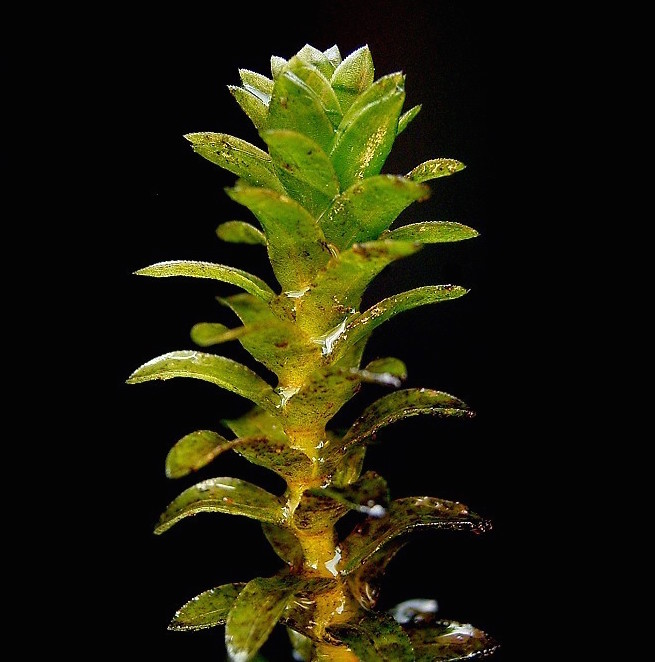
Elodea
High School
Inquiry/Scientific Method
Plants
This lab involves the qualitative measurement of the changes in carbon dioxide concentration associated with respiration and photosynthesis in the freshwater plant Elodea. Bromthymol blue is used as an indicator for the presence of CO2 in solution. When CO2 dissolves in water, carbonic acid is formed. A bromthymol blue solution, acidified… read more of the article entitled “Elodea”

Evolving Trees
Evolution
Genetics
High School
Inquiry/Scientific Method
This exercise introduces the basic methods of phylogenetic analysis. Students are asked to hypothesize the evolutionary relationships of groups of organisms based on traits, and to become familiar with the methods for building evolutionary trees using the basic principles of taxonomy and classification. Downloads Evolving Trees (Teacher Edition) Evolving Trees… read more of the article entitled “Evolving Trees”
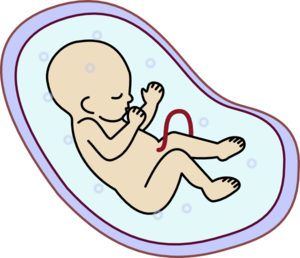
Fetal Development
Animals
High School
Human Health
Physiology
Students will measure pictures of developing cow embryos, or use data from the pregnant bovine uterus dissection, to generate size data. Then they will interpret data from graphs to determine age and mass. Students will compare changes of mass during fetal development with changes in size. Finally, students will contrast developmental… read more of the article entitled “Fetal Development”
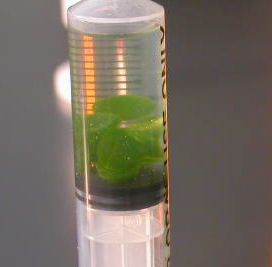
Floating Leaf Disk- Brad Williamson
High School
Middle School
Plants
This lab tangibly demonstrates the abstract concept of photosynthesis to students. Normally, disks punched out of leaves (with a hole punch) would float. When the air spaces are infiltrated with a sodium bicarbonate solution, the overall density of the leaf disks increase and they sink. Bicarbonate ion serves as the… read more of the article entitled “Floating Leaf Disk- Brad Williamson”
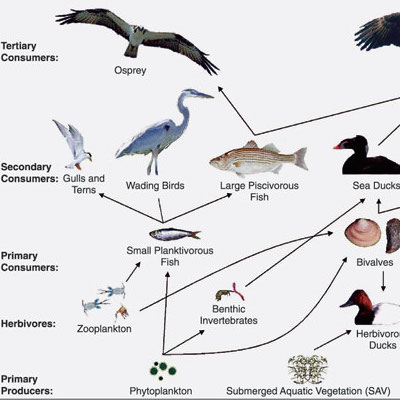
Food Chain Game- Delta Education
2012 CIBT Alumni Workshop
Ecology
Elementary School
High School
Middle School
In this activity, students investigate food chains by assuming the roles of animals that are part of a food chain. Downloads
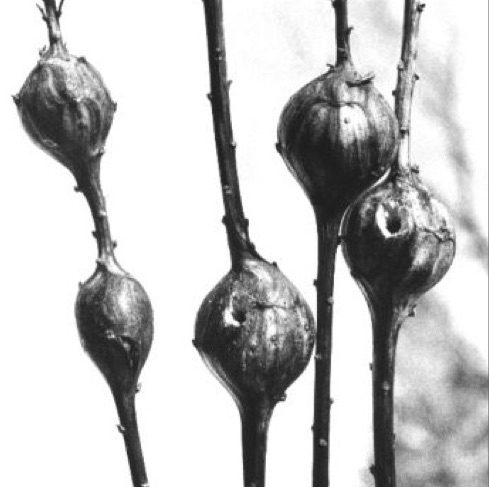
Goldenrod Galls
Ecology
Evolution
High School
Inquiry/Scientific Method
Insects
Middle School
Plants
This investigation examines natural selection and coevolution using goldenrod (Solidago canadensis), its stem gall insect (Eurosta solidaginis), and associated parasites, parasitoids, and predators that feed upon the stem gall insect (i.e., Eurytoma obtusiventris, Eurytoma gigantea, Mordellistena unicolor, and birds). Through measurements of gall size and an investigation of events occurring… read more of the article entitled “Goldenrod Galls”
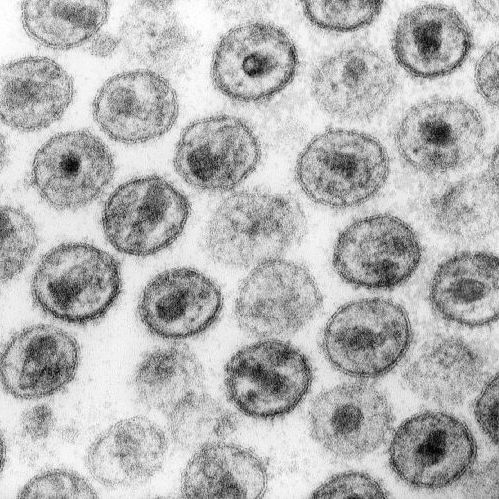
HIV Transmission
High School
Human Health
Microbiology
“This is the best way I can imagine to introduce such a sensitive/vital issue in a non-embarrassing way and still get the message across: the HIV virus is transmitted by sharing body fluids, there are specific high risk behaviors, and what you choose to do is the greatest determining factor… read more of the article entitled “HIV Transmission”
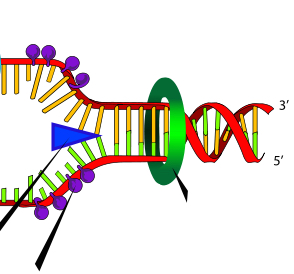
How Many CATs
Genetics
High School
Molecular Biology
In this paper simulation, students will “cut” DNA samples from a mother, a baby, a husband, and a rape suspect using a “restriction endonuclease.” They will then “run” the DNA fragments on a “gel” to simulate the process of electrophoresis. A fluorescent probe is then washed over the gel. Finally,… read more of the article entitled “How Many CATs”
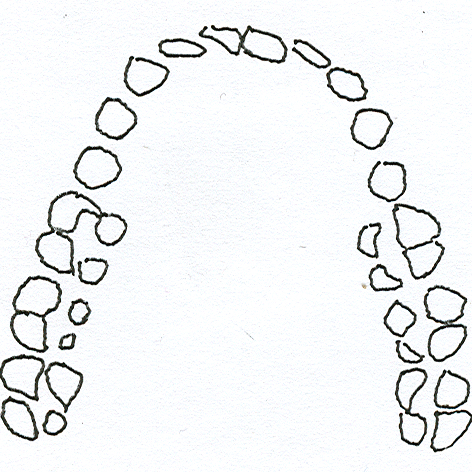
I’ll Have a Bite! – Greg Panzanaro
Forensics
High School
Recently Updated!
This lab was designed by one of our alumni teachers to complement CIBT’s Forensics Odontology kit. Downloads I’ll Have A Bite (Greg Panzanaro)
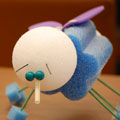
Insect GENEration
Genetics
Insects
Middle School
Molecular Biology
Students build a model insect based upon genetic information provided to them in the lab directions. Gene forms (alleles) contributed by each parent are determined by tossing a coin with one side representing the dominant form of the gene and the other side representing the recessive form. Student teams record… read more of the article entitled “Insect GENEration”

